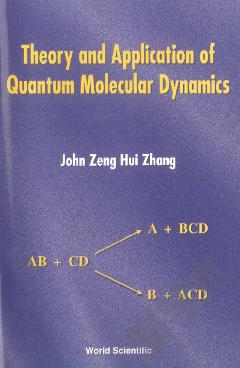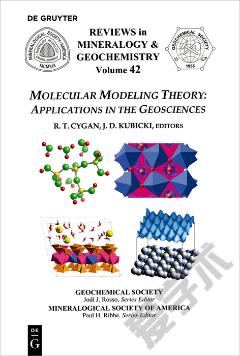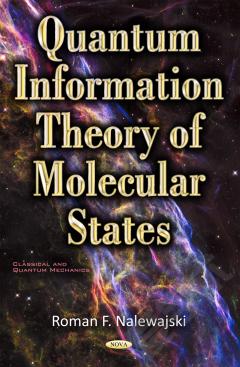Molecular Applications of Quantum Defect Theory
Publisher Summary This chapter discusses the molecular applications of quantum defect theory. Quantum defect theory provides a unified description of discrete and continuous spectra in terms of the same parameters pertaining to the physics at short range. It accounts for the Rydberg structures as well as for their decay into the continuum. This decay is called preionization (or autoionization), or predissociation if the continuum is associated with nuclear rather than with electronic motion. It displays two molecular spectra exhibiting striking effects due to both preionization and predissociation. Both spectra result from photoexcitation of nitric oxide and they cover the same wavelength region. The upper spectrum is a recording of the ion current resulting after excitation just above the ionization threshold. The small peaks superimposed on the flat continuum are Rydberg structures whose presence reveals the occurrence of preionization. The lower trace is an absorption spectrum taken under comparable experimental resolution. The significant different appearance of the two spectra reveals that a second decay channel, corresponding to production of neutral atomic fragments, must also interfere. Moreover, the different appearance of the Rydberg peaks in the two spectra indicates that predissociation is strong and competes with preionization.
{{comment.content}}








 京公网安备 11010802027623号
京公网安备 11010802027623号